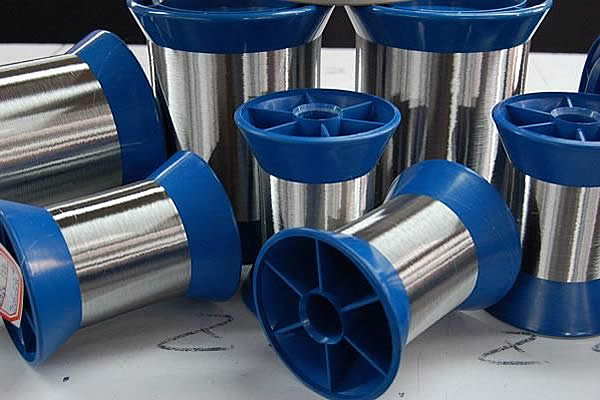 TEL:
+86-13102802206
TEL:
+86-13102802206
 Email:
fencenetting@china.com
Email:
fencenetting@china.com
 Language
Language
 TEL:
+86-13102802206
TEL:
+86-13102802206
 Email:
fencenetting@china.com
Email:
fencenetting@china.com
 Language
Language


Understanding the Cost of Barbed Wire Fencing
When it comes to agricultural and property management, fencing is a critical factor that often goes unnoticed. Among the various types of fencing available, barbed wire fencing stands out due to its affordability, durability, and effectiveness. Pricing is typically calculated on a per-foot basis, making it essential for property owners and farmers to understand how these costs can impact their fencing project.
The Basics of Barbed Wire Fencing
Barbed wire consists of a series of sharp barbs attached to a strand of wire, making it a formidable barrier against intruders and livestock. Its design deters animals from crossing the fence line while being relatively easy to install. Commonly used in rural areas and for agricultural purposes, barbed wire fencing serves as an efficient solution for enclosing pastures, protecting crops, and managing livestock.
Factors Affecting Price per Foot
The cost of barbed wire fencing can vary widely based on several factors
1. Material Quality The gauge of the wire, which refers to its thickness, significantly influences the price. Thicker, heavier gauges tend to be more durable and resistant to bending and breaking, but they also come with a higher price tag. Standard gauges range from 12.5 to 14, with lower numbers indicating thicker wire.
2. Barb Spacing and Type Different types of barbed wire have varying spacings between the barbs. Closer spacing can enhance security but may also drive the cost up. Additionally, the type of barbed wire, such as single-strand or double-strand, can affect pricing.
3. Height of the Fence The height of the fence plays a role in determining the total linear feet required and, consequently, the overall cost. A taller fence will require more wire and additional posts, which can significantly increase the price per foot.

4. Post Quality and Type The type of posts used to support the barbed wire also impacts costs. Wooden posts, metal T-posts, or fiberglass options all vary in price and durability. The choice of post materials will depend on budget constraints and long-term maintenance considerations.
5. Installation Costs While the price per foot of the wire itself may seem low, installation expenses can add up quickly. Hiring a professional fence contractor will increase overall costs, while DIY projects can save money but require more time and effort.
6. Location and Terrain The geographical location and terrain of the property can also affect costs. Rocky or heavily wooded areas may require more labor and potentially more materials, increasing the price. In contrast, flat and open fields may allow for quicker and cheaper installation.
Average Costs
As of recent data, the average price for barbed wire fencing ranges from $0.10 to $0.50 per foot, depending on the considerations mentioned above. This makes barbed wire one of the most cost-effective fencing solutions available.
For additional expenses, including posts and labor, the total cost can range from $1.50 to $3.00 per foot when accounting for installation. Budget-conscious property owners should compare prices from various suppliers, as discounts may be available for bulk purchases, which can significantly reduce costs.
Conclusion
Investing in barbed wire fencing can be a wise decision for both agricultural and residential purposes. Understanding the factors that influence the price per foot is critical for making informed decisions. By evaluating materials, installation options, and overall land requirements, property owners can not only find a cost-effective solution but also ensure the longevity and effectiveness of their fencing. Whether it’s protecting livestock or marking property lines, barbed wire remains a reliable choice in the fencing market. By carefully considering costs and potential needs, one can achieve a blend of value, security, and durability in their fencing project.